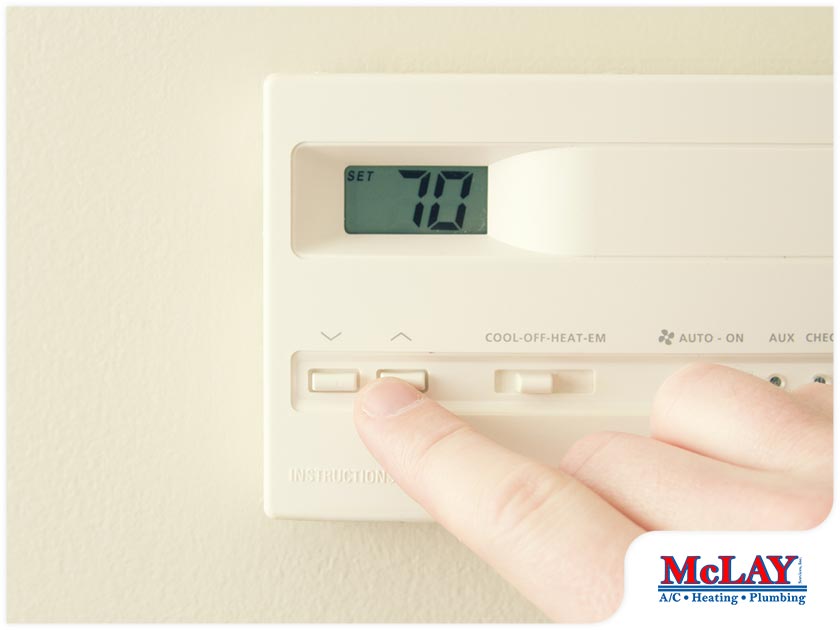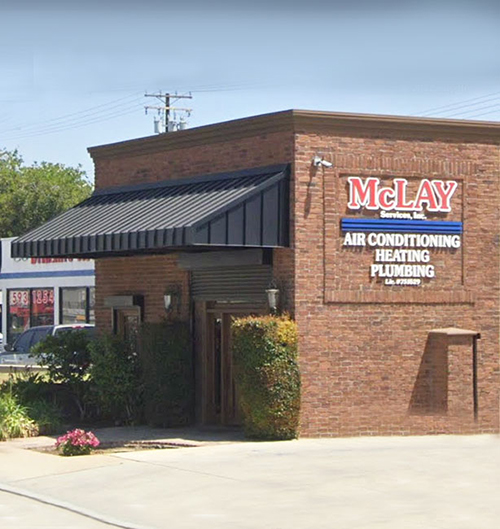When temperatures start to plummet in the winter, your heat pump may rely on either auxiliary heat or emergency heat to keep your home warm and cozy. In this blog, reputable HVAC contractor McLay Services, Inc. talks about the difference between these two functions.
What Is Auxiliary Heat?
Auxiliary heat is a function on your thermostat that automatically activates when outdoor temperatures get cold, generally around 30 to 40 degrees Fahrenheit, depending on the efficiency of your heating system. When temperatures drop below freezing, your heat pump may not be able to draw sufficient heat to keep the temperature in your living space at the desired level. This is when the heat strips, your heat pump’s secondary heat source, kick in. When this backup function is utilized, however, you may notice a slight increase in your energy bill.
What Is Emergency Heat?
This function acts like auxiliary heat, except the setting on the thermostat has to be manually switched on and off. A heating and air conditioning expert says that emergency heat should only be used when your outdoor unit can’t pull in heat at all, a circumstance that’s often caused by a broken component or a malfunctioning system. This will activate the heat strips, which will then supply 100 percent of the heat to your home until the heat pump is repaired. Using the emergency heat setting for extended periods of time isn’t typically recommended, as this will notably raise your energy costs.
Check With a Professional
McLay Services, Inc. is the name to trust when it comes to heating and air conditioning repair and maintenance. Our team is committed to providing the level of comfort and energy efficiency for which you’re looking. Call (909) 392-2202 or fill out our contact form to schedule a service appointment. We work with the residents of Claremont, Pomona, and nearby communities in CA.



